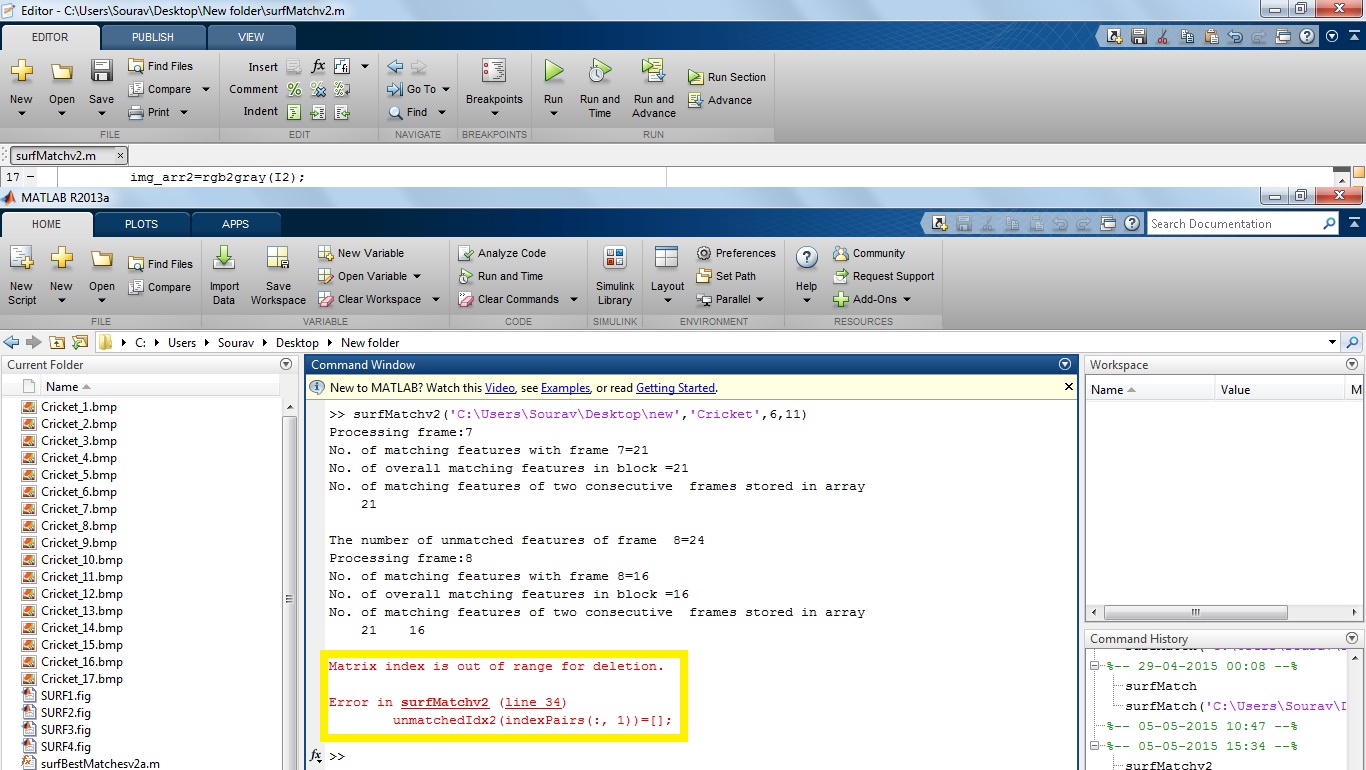
Īnother option is to try Alan's pilabels contribution on the MATLAB Central File Exchange.įor the next time, I'm thinking of tackling the question of why the following output is complex: fft()ĩ.0000 -2.1180 - 1.5388i 0.1180 + 0.3633i 0.1180 - 0.3633i -2.1180 + 1. One way to accomplish this is to normalize the frequency variable by. Often I like to see the multiples of more clearly along the x-axis. Repeat the process to create the bottom plot. Add a title and y-axis label to the plot by passing the axes to the title and ylabel functions. Create the top plot by passing ax1 to the plot function. Call the nexttile function to create an axes object and return the object as ax1. Now we can redo our magnitude DTFT plot with the x-axis labels. Call the tiledlayout function to create a 2-by-1 tiled chart layout. Now our frequencies start at and have a discontinuity in the middle. So the frequencies in radians corresponding to the output elements of fft are:īut we're calling fftshift to plot the magnitude of the DTFT, so we have to perform a similar shift on our frequencies: The way I always remember the frequency scaling between the DFT and the DTFT is this: the length of the DFT corresponds to That leaves us with the question of labeling the frequency axis. To get a plot from to, use the fftshift function. You can see that the output from MATLAB is one period of the DTFT, but it's not the period normally plotted, which is from The MATLAB output we're looking at, let me show a DTFT magnitude plot that shows three periods instead of just one. That's a smoother-looking curve, but it still looks quite a bit different than the DTFT magnitude plot above. You can get a finer sampling (and a much nicer-looking DTFT plot) by zero-padding. The outputs of the DFT are samples of the DTFT, and in thisĬase the sample locations just happen to align with the locations of four zeros in the DTFT. What's going on? I explained this back in my March 15 post when I discussed the relationship between the DFT and the DTFT. And why does it look like it's only got two points? Well, Absolute function plot in MATLAB Satadru Mukherjee ADSP, MATLAB Codes Absolute function plot in MATLAB MAT LAB CODE: t-20:0.0001:20 yabs(t) plot(t,y) Output: Check the vid. needs to be produces to replicate the plot and graph image provided below in matlab. Wow, that's not anywhere close to the DTFT magnitude plot above. Here's a plot of the DTFT magnitude of this sequence:


This works if the figure was opened before, or implicitely by the plot command. This replies the figure the plot is created it. I described the relationship between the DFT and the DTFT in my March 15 post.įor my example I'll work with a sequence that equals 1 for and equals 0 elsewhere. function FigH liner (a,b) LineH plot (a,b) FigH ancestor (LineH, 'figure') end. That the fft computes the discrete Fourier transform (DFT).
Plotting fucntion in matlab 2017 how to#
Look at how to use the fft function to produce discrete-time Fourier transform (DTFT) magnitude plots in the form you might see in a textbook.

Plotting fucntion in matlab 2017 series#
In my Fourier transform series I've been trying to address some of the common points of confusion surrounding this topic.


 0 kommentar(er)
0 kommentar(er)
